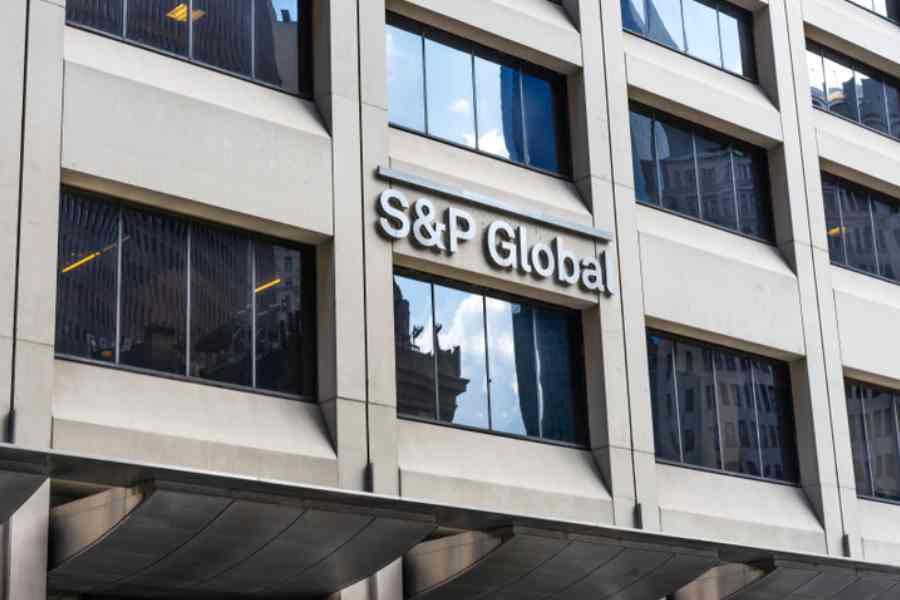The pressure to ramp up deposits is likely to impact bank dividends, a unit of rating agency S&P warned on Wednesday.
Rising deposit costs and fierce competition for customer savings have put pressure on margins and profits, which will slow down dividend growth.
S&P Global Market Intelligence estimates dividends at six of India’s top banks by market capitalisation will grow just 9 per cent in fiscal 2025 down from 27 per cent in the previous year. The banks are SBI, HDFC Bank, ICICI, Axis Bank, Kotak Mahindra Bank and IndusInd.
Axis Bank and HDFC Bank are projected to cut dividends the most, with declines of 15 per cent and 9 per cent, respectively.
“The increase in deposit rates, while intended to address the credit-deposit imbalance, is compressing banks’ net interest margins,” Tusharika Aggarwal, dividend forecasting analyst at S&P Global Market Intelligence, said. “This compression is expected to lead to slower growth in dividend payouts and tighter profitability as banks deal with higher costs associated with attracting deposits.”
The lenders are scrambling to attract deposits through higher rates and other schemes amid growing concerns over the widening gap between credit and deposit growth rates.
RBI governor Shaktikanta Das has warned the lag in deposit mobilisation could expose the banking system to structural liquidity issues.
The disparity is still growing, with the credit-deposit ratio of Indian commercial banks rising to 78.1 per cent in fiscal 2023-2024 from 75.8 per cent in the previous year.
India’s banking sector could face significant liquidity risks due to the widening credit-deposit gap, driven by households shifting their savings to higher-yielding financial instruments, Aggarwal said.











